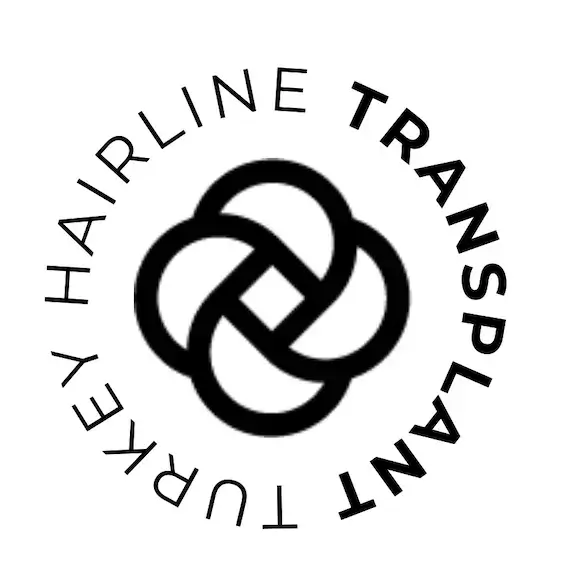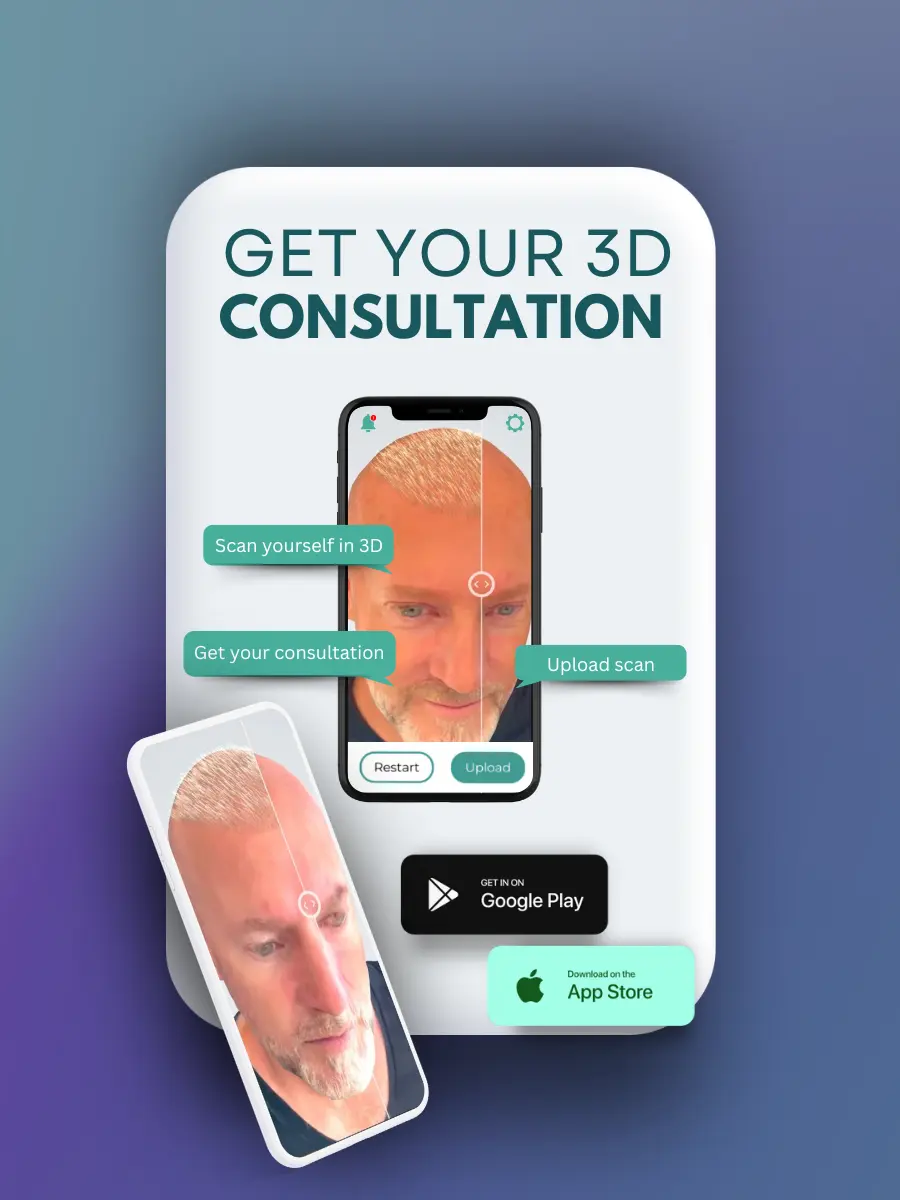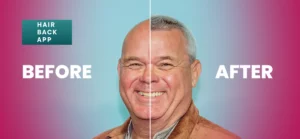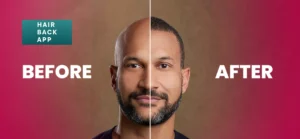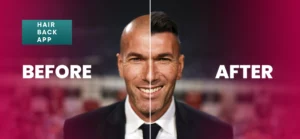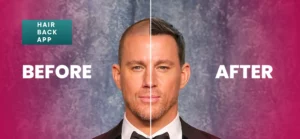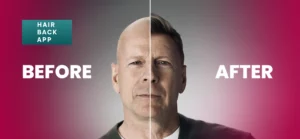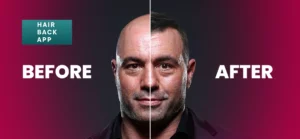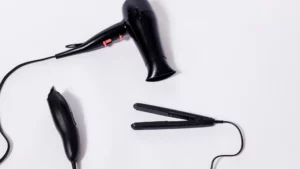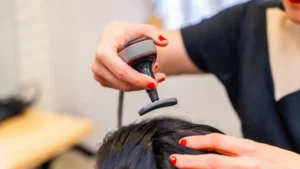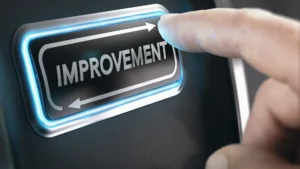In recent years, hair transplant surgery has emerged as a sought-after and successful remedy for individuals aspiring to reclaim a voluminous and natural-looking head of hair. Despite its undeniable effectiveness, akin to any medical procedure, this transformative solution is not exempt from potential side effects and temporary complications. Among the array of experiences that patients may encounter, shock loss after hair transplant stands out as a notable occurrence.
In this post, we aim to unravel the intricacies of shock loss, offering insights into its nature, causes, and, most importantly, strategies for effective management during the critical phase of hair transplant recovery. Understanding shock loss after hair transplant is pivotal for anyone considering or undergoing this procedure, ensuring informed decision-making and fostering a realistic expectation of the recovery process. Let’s delve into the depths of this phenomenon, shedding light on the nuances that accompany the pursuit of a fuller and more vibrant mane.
Shock Loss After Hair Transplant: What is it and when does it occur?
Shock loss, scientifically termed telogen effluvium, is a transitory phase of hair shedding that occasionally follows a hair transplant. Despite its somewhat alarming name, shock loss is not a setback but a predictable and natural component of the healing journey post-surgery. Typically seen 3 months after hair transplant, this phenomenon manifests as a brief and sudden shedding of non-transplanted hair in the recipient region and the pre-existing hair in the donor area. Understanding this process is crucial for individuals undergoing a hair transplant, as it forms an integral part of the overall restoration process.

Shock Loss After Hair Transplant: Causes
Trauma to Existing Hair Follicles: The intricate nature of a hair transplant involves the strategic placement of new hair grafts through incisions in the recipient area. As these precise incisions are made, they inadvertently cause trauma to the existing hair follicles in the surrounding region.
The trauma acts as a trigger, prompting these follicles to temporarily enter a resting phase, ultimately leading to their shedding. While this phenomenon may initially seem alarming, it is important to recognize it as a transient response to the surgical process, paving the way for the emergence of healthier, transplanted hair.
Temporary Lack of Blood Supply: The surgical procedure disrupts the normal blood supply to the recipient area temporarily. As incisions are made and grafts are implanted, there is a brief interruption in the blood flow to the surrounding follicles. This transient lack of sufficient nutrients and oxygen can induce shock loss, causing the affected hair follicles to shed. It is crucial to view this phase as part of the natural healing process, understanding that once the blood supply is restored and the scalp recovers, the dormant follicles will rejuvenate, fostering the growth of new and resilient hair.
Normal Physiological Response: Shock loss after hair transplant, at its core, is a natural and adaptive physiological response of the body to the stress induced during the hair transplant procedure. The trauma experienced by the scalp during the surgery prompts a cascade of responses, including the shedding of existing hair. This shedding is not a sign of permanent damage but rather an integral part of the body’s intricate healing mechanism. Understanding shock loss as a normal physiological reaction enables individuals to approach the recovery phase with patience and confidence, knowing that it sets the stage for the eventual regrowth of a more robust and aesthetically pleasing hairline.
Managing Shock Loss After Hair Transplant
Embarking on the journey to regain a fuller head of hair through a transformative hair transplant surgery is a decision often driven by the desire for renewed confidence and aesthetic satisfaction. However, within this quest for a revitalized appearance, individuals may encounter a temporary but significant phase known as shock loss.
As we delve into the realm of managing shock loss after hair transplant, it becomes imperative to navigate through this intricate aspect of the post-transplant process with a nuanced understanding. In this segment, we will explore the strategies and insights that can empower individuals to effectively manage and cope with shock loss, ensuring a smoother transition towards the ultimate goal of a lush and natural-looking mane. Let’s unravel the intricacies of this transient setback and discover how proactive measures and a patient approach can contribute to a successful hair transplant recovery journey.
- Educating and Preparing Patients for Shock Loss: Before embarking on the transformative journey of a hair transplant, thorough education serves as a vital cornerstone in ensuring that patients are well-informed and mentally prepared for the entire process. In particular, shedding light on the possibility of shock loss becomes an essential component of this pre-operative education.Understanding that knowledge is a powerful antidote to anxiety, healthcare professionals make it a priority to impart comprehensive information about shock loss during pre-surgery consultations. Patients are informed that shock loss is not an aberration but a temporary and expected occurrence in the trajectory of post-transplant recovery. This upfront communication helps create a realistic expectation, mitigating any potential distress that may arise from the unexpected shedding of existing hair.By demystifying shock loss after hair transplant as a standard phase of the healing process, patients can approach their surgery with a more informed mindset. This education empowers them to appreciate the nuanced dynamics involved in hair transplantation, fostering a sense of control over their journey. Armed with this knowledge, patients are better equipped to navigate the recovery period, embracing the temporary setback as a stepping stone towards the ultimate goal of a fuller and more vibrant head of hair.In essence, the pre-operative education serves as a preemptive measure against unwarranted anxiety, nurturing a partnership between healthcare providers and patients in their pursuit of aesthetic enhancement and renewed confidence. By fostering transparency and understanding, the journey towards a successful hair transplant becomes not only a physical transformation but a collaborative and informed experience.
- Optimizing Recovery through Postoperative Care: The significance of postoperative care in the aftermath of a hair transplant cannot be overstated, particularly when it comes to mitigating the risk of shock loss. Patients play a pivotal role in their own recovery journey, and adhering to a carefully crafted postoperative care plan becomes paramount.
- Avoiding Strenuous Activities: Rigorous physical activities can inadvertently strain the healing scalp and compromise the delicate grafts. Consequently, patients are advised to steer clear of strenuous exercises and activities during the initial phase of recovery. This precautionary measure not only minimizes the risk of dislodging grafts but also contributes to reducing the likelihood of shock loss. Patience in this regard becomes a virtue, allowing the healing process to unfold without unnecessary disruptions.
- Following a Prescribed Medication Regimen: Postoperative care often involves a prescribed medication regimen designed to facilitate optimal healing and prevent complications. This may include antibiotics to stave off infections and anti-inflammatory drugs to manage swelling. Strict adherence to the medication schedule is crucial, as it directly influences the overall success of the procedure and aids in minimizing the potential for shock loss. Patients are encouraged to communicate openly with their healthcare providers about any concerns or queries related to their medication.
- Refraining from Scratching or Picking at the Scalp: Itchy sensations are a common occurrence during the recovery phase, but succumbing to the temptation to scratch or pick at the scalp can have detrimental effects. Patients are counseled to exercise restraint and avoid any direct manipulation of the treated area. Scratching may disturb the delicate grafts, and picking at scabs can impede the natural healing process. By embracing a hands-off approach, patients actively contribute to a conducive environment for graft survival and minimize the risk of shock loss.
- Patience and Time: Navigating the Natural Course of Recovery: In the realm of hair transplant recovery, the virtue of patience emerges as an indispensable ally for individuals traversing the landscape of shock loss. While the shedding of existing hair may initially cause concern, it’s imperative to understand that this phase is transient and often resolves on its own. The natural regrowth process is a dynamic journey that unfolds over a span of a few weeks to a few months.Encouraging patients to exercise patience becomes a cornerstone of post-transplant care. This counsel serves as a reassurance that the body is undergoing a transformative process, and the shedding is merely a temporary step in the journey towards a fuller head of hair. By instilling confidence in the natural regrowth mechanisms, healthcare professionals guide patients through the period of shock loss, fostering a mindset of resilience and anticipation for the impending rejuvenation of their hairline.In essence, patience becomes more than a virtue; it transforms into a guiding principle, allowing individuals to navigate the ebb and flow of the recovery process with a calm and composed demeanor. By emphasizing the cyclical nature of hair growth, patients can shift their focus from the temporary setback of shock loss to the ultimate achievement of a more robust and aesthetically pleasing outcome.
- Healthy Lifestyle: Beyond the immediate postoperative care measures, the role of a healthy lifestyle emerges as a powerful catalyst in expediting recovery and promoting hair regrowth. Adopting a holistic approach that encompasses a balanced diet, regular exercise, and adequate sleep contributes significantly to overall well-being, creating an environment conducive to optimal healing.
- Balanced Diet: Nutrient-rich foods play a pivotal role in supporting the body’s recovery processes. A diet rich in vitamins, minerals, and proteins provides the essential building blocks for hair growth. Emphasizing the consumption of fruits, vegetables, lean proteins, and whole grains nourishes the body from within, fortifying it for the demands of the recovery phase.
- Regular Exercise: Physical activity not only promotes general health but also enhances blood circulation, which is vital for the nourishment of hair follicles. Engaging in moderate exercise, as per the guidelines provided by healthcare professionals, supports the overall well-being of the body and contributes to an environment conducive to efficient recovery and hair regrowth.
- Adequate Sleep: Quality sleep is a cornerstone of holistic well-being and recovery. During sleep, the body undergoes crucial repair and regeneration processes. Ensuring an adequate amount of rest each night allows the body to allocate resources towards healing, supporting the regeneration of cells and tissues, including those involved in the hair transplant process.
Shock Loss After a Hair Transplant: Conclusion
Discover the secret to overcoming temporary shock loss and achieving a lush, natural-looking head of hair after your transplant! While the idea of shock loss may raise concerns, rest assured that it’s just a fleeting phase in the healing journey. Unlock the key to a successful hair transplant by delving into our comprehensive education on the phenomenon, receiving expert postoperative care, and embracing the power of patience. Ready to embark on your transformation? Click now to get a personalized hair transplant quote and take the first step towards your dream of a fuller, more vibrant mane!
